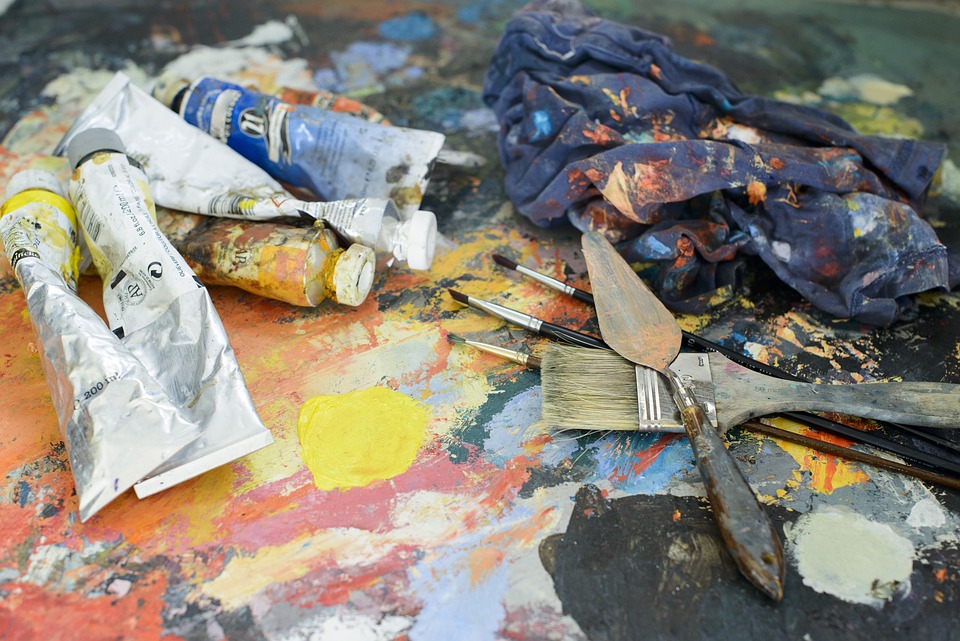Summary:
Over the course of human history, tools have played an essential role in our development and evolution. From simple flint knives to high-tech gadgets, tool design has evolved significantly. In this article, we will explore the history of tool design and how it has evolved over time.
Table of Contents:
1. Introduction
2. The Early Tools
3. The Bronze Age
4. The Iron Age
5. The Industrial Revolution
6. The Modern Age
7. The Future of Tool Design
8. Recap
9. Conclusion
Introduction:
Tools have been an integral part of human life since the dawn of time. From the first flint knives to the high-tech gadgets of today, tools have played a vital role in our evolution. The design of tools has evolved significantly over the years, with advances in technology and the changing needs of society. In this article, we will take a closer look at the evolution of tool design and how it has impacted our lives.
The Early Tools:
The earliest tools used by humans were simple stone tools. These tools were used for hunting, cutting, and scraping. They were made by chipping away at rocks until the desired shape was achieved. The first known tools date back to 2.6 million years ago and were discovered in Ethiopia.
The Bronze Age:
The Bronze Age marked a significant shift in tool design. Bronze, an alloy of copper and tin, was discovered and used to create stronger and more durable tools. This period saw the creation of new tools, such as swords, axes, and hammers. The Bronze Age lasted from around 3000 BC to 1200 BC.
The Iron Age:
The Iron Age saw the replacement of bronze with iron as the primary material for tool design. Iron was more abundant and easier to obtain than bronze. This period saw the creation of new tools, such as plows, sickles, and scythes. The Iron Age lasted from around 1200 BC to 500 BC.
The Industrial Revolution:
The Industrial Revolution marked a significant shift in tool design. New manufacturing techniques, such as mass production and interchangeable parts, were developed. This period saw the creation of new tools, such as steam engines, spinning machines, and power looms. The Industrial Revolution lasted from around 1760 to 1840.
The Modern Age:
The Modern Age saw the rise of new materials and technologies, such as plastics, composites, and computer-aided design. This period saw the creation of new tools, such as smartphones, tablets, and 3D printers. The Modern Age is ongoing and continues to see advances in tool design.
The Future of Tool Design:
The future of tool design is exciting, with new materials and technologies being developed all the time. The rise of artificial intelligence and robotics is expected to revolutionize tool design, with the creation of new tools that can perform tasks that were previously impossible. The use of renewable energy sources is also expected to impact tool design, with the creation of tools that are more energy-efficient and environmentally friendly.
Recap:
Tools have played a vital role in human evolution, from the first flint knives to the high-tech gadgets of today. Tool design has evolved significantly over time, with advances in technology and the changing needs of society. The Bronze Age saw the creation of stronger and more durable tools, while the Industrial Revolution saw the rise of new manufacturing techniques. The Modern Age has seen the development of new materials and technologies, such as plastics and 3D printers. The future of tool design is exciting, with the rise of artificial intelligence and renewable energy sources expected to revolutionize the industry.
Conclusion:
In conclusion, the evolution of tool design has been a fascinating journey. From simple stone tools to high-tech gadgets, tools have played an essential role in our development and evolution. The future of tool design is exciting, and we can expect to see new materials and technologies that will revolutionize the industry. As society continues to evolve, so too will our tools, adapting to the changing needs and challenges of the world around us.
Resources:
1. https://www.history.com/topics/technology/history-of-tools
2. https://www.britannica.com/technology/tool
3. https://www.sciencedirect.com/topics/engineering/tool-design
4. https://www.popularmechanics.com/technology/design/a29532456/history-of-tools/
5. https://www.engineering.com/AdvancedManufacturing/ArticleID/19435/The-Evolution-of-Tool-Design.aspx
#Evolution #Tool #Design #Flint #Knives #HighTech #Gadgets



